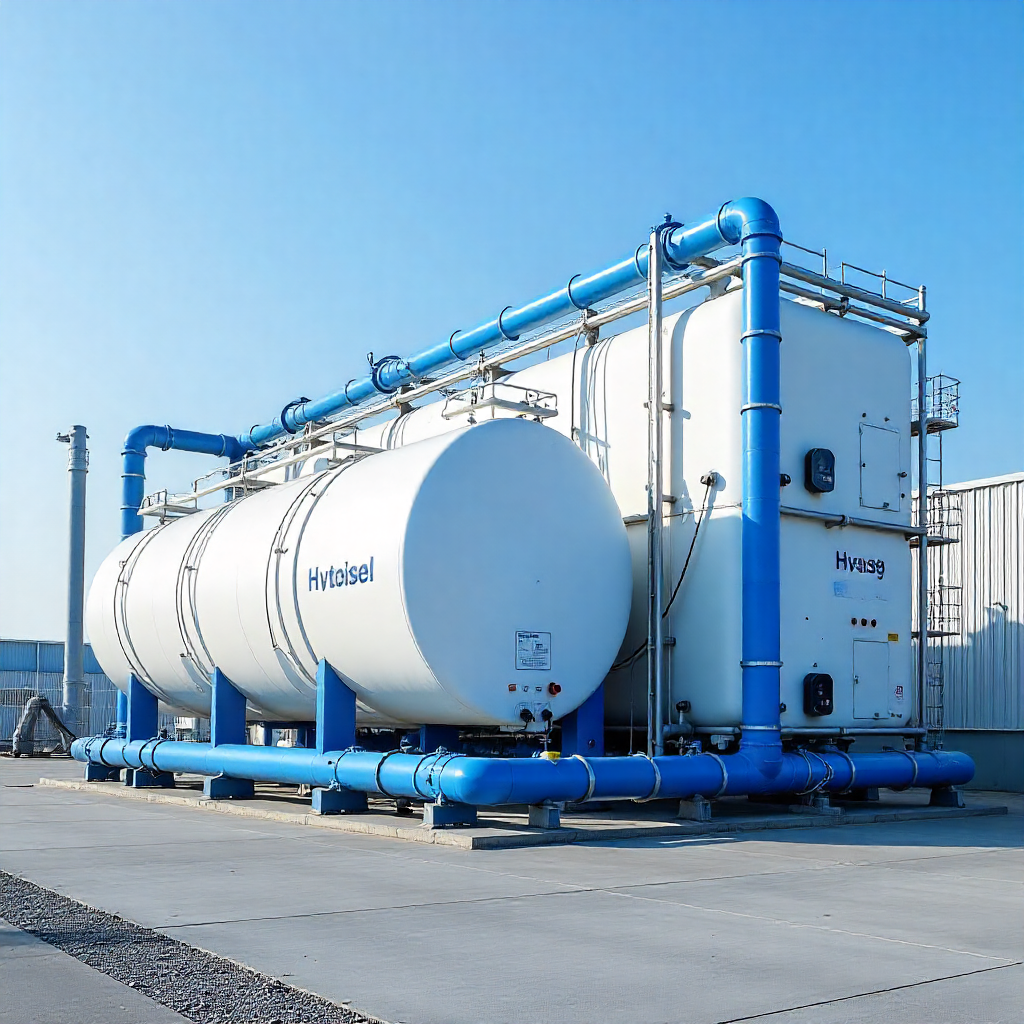Comprehensive Report on PharmEasy's FY24 Financial Performance
Introduction
PharmEasy, a leading digital healthcare platform in India, has made significant strides in optimizing its operations and focusing on higher-margin segments. The fiscal year 2024 (FY24) has been a challenging yet transformative year for the company. This report provides a detailed analysis of PharmEasy's business model, financial performance, including a comparison between FY24 and FY23, and concludes with insights into the company's future outlook.
1. Business Model of PharmEasy
PharmEasy operates as an integrated healthcare platform, providing a wide range of products and services that cater to the diverse needs of consumers, healthcare providers, and institutions. The company's business model can be broadly categorized into two segments:
-
Sale of Products: This segment forms the backbone of PharmEasy's operations, contributing the majority of the company's revenue. The products include pharmaceuticals, OTC medicines, surgical supplies, consumables, and private label items. These products are distributed through various channels, including retailers, chemists, institutions, and hospitals, leveraging technology platforms such as PharmEasy and Retailio. The company has focused on improving unit economics by targeting higher-margin customers and optimizing marketing and sales efforts.
-
Sale of Services: This segment includes diagnostic services offered primarily through Thyrocare, one of India’s leading diagnostics companies. Thyrocare provides a comprehensive portfolio of tests and services across the country, catering to franchise partners, consumers, hospitals, and independent phlebotomists. Other services in this segment include technology and software solutions designed to enhance the operational efficiency of pharmacies and healthcare providers.
2. FY24 vs FY23: Products vs Services Sales Figures
Revenue from Sale of Products:
- Fiscal 2024: INR 5007 Cr
- Fiscal 2023: INR 5945 Cr
Breakdown of Product Revenue in FY24:
- Distribution to Retailers: INR 872 Cr (15.4% of consolidated revenue)
- Distribution to Chemists and Institutions: INR 3188 Cr (56.3% of consolidated revenue)
- Distribution to Hospitals: INR 940 Cr (16.6% of consolidated revenue)
Revenue from Sale of Services:
- Fiscal 2024: INR 656 Cr
- Fiscal 2023: Estimated at INR 698 Cr
Key Highlights:
- The overall revenue from the sale of products witnessed a decline, primarily due to the company’s strategic focus on higher-margin customers and optimizing existing resources.
- Despite the decline in overall revenue, the diagnostic services segment, particularly under Thyrocare, showed resilience and moderate growth, driven by an expansion in the portfolio of tests and an increase in the franchise network.
3. Reasons for Revenue Decline in Pharmeasy Unlisted Shrare in FY24 vs FY23
PharmEasy's revenue from operations decreased by 14.7% in FY24, amounting to INR 5664 Cr compared to INR 6643 Cr in FY23. The decline was primarily driven by the following factors:
-
Focus on Higher-Margin Customers: The company deliberately scaled back on lower-margin customers, which, although impacting overall revenue, improved profitability metrics. This strategic shift was especially evident in the hospital and institutional segments.
-
Optimization of New Customer Growth: On the PharmEasy platform, there was a reduction in marketing spends aimed at acquiring new customers. Instead, the focus shifted towards increasing the average order value and enhancing unit economics.
-
Challenges in Working Capital Management: The sales to chemists and institutions faced constraints due to working capital issues, which were later resolved through a rights issue. However, this temporary constraint affected revenue in FY24.
4. Significant Improvement in Pharmeasy EBITDA
PharmEasy’s EBITDA before exceptional items and ESOP expenses improved significantly in FY24 to -INR 424.8 crore from -INR 797.3 crore in FY23. This 47% reduction in negative EBITDA was a result of strategic cost optimization across various operational areas:
-
Reduction in Employee Benefit Expenses: The company implemented significant operational optimizations, including the centralization of teams, closure of non-profitable warehouses, and the discontinuation of non-strategic, low-margin initiatives.
-
Sales and Marketing Optimization: Marketing expenses were drastically reduced, from 3.5% of revenue in FY23 to 0.4% in FY24. This was achieved by focusing on high lifetime value customers and leveraging more efficient marketing channels, particularly for the PharmEasy platform.
-
Other Cost Optimizations: Legal, professional, IT, and other operational costs were also reduced, contributing to the overall improvement in EBITDA. The focus was on eliminating non-essential expenses and streamlining operations to enhance profitability.
5. Overview of Profit and Loss Statement
The Profit and Loss statement for FY24 reflects a significant reduction in losses compared to FY23:
- Loss Before Exceptional Items and Tax: Reduced from INR 2274 Cr in FY23 to INR 1494 Cr in FY24.
- Loss for the Year: Reduced from INR 5211 Cr in FY23 to INR 2533 Cr in FY24.
This reduction in losses is indicative of the company’s success in implementing cost-saving measures and focusing on more profitable segments. The improvement in operational efficiency is a positive sign for future financial stability.
6. Balance Sheet Analysis of Pharmeasy Unlisted Share
As of March 31, 2024, PharmEasy’s balance sheet presents the following key figures:
- Total Debt (Long-Term and Short-Term): INR 4,100 crore
- Outstanding Dues to Micro and Small Enterprises: INR 32 crore
- Outstanding Dues to Other Enterprises: INR 380 crore
- Total Current Liabilities: INR 3,502 crore
- Current Assets: Approx. INR 3,400 crore (Trade Receivables: INR 706 crore, Cash in Hand: INR 1,700 crore, and Inventory: INR 555 crore)
The current ratio (Current Assets to Current Liabilities) is less than 1, indicating higher short-term liabilities compared to current assets. However, it is important to note that PharmEasy conducted a rights issue in September 2023, successfully raising INR 3,500 crore. Out of this, INR 2,000 crore was received before March 31, 2024, and the remaining INR 1,500 crore was received in April 2024.
With the additional INR 1,500 crore infusion in April 2024, the company’s liquidity position is expected to improve significantly, allowing PharmEasy to better manage its short-term liabilities. This capital influx will not only enhance the company's ability to meet its current obligations but also provide the necessary financial flexibility to pursue strategic initiatives aimed at long-term growth and profitability.
The strengthened balance sheet post-rights issue reflects PharmEasy's proactive approach in addressing its liquidity needs and preparing for future financial stability.
Conclusion
PharmEasy’s performance in FY24 reflects a strategic pivot towards sustainability and profitability. The company’s revenue has declined due to its deliberate focus on higher-margin customers and the optimization of resources. However, this strategy has led to a significant improvement in EBITDA and a reduction in overall losses. The balance sheet, while currently indicating a liquidity strain, is expected to stabilize with the infusion of funds from the recent rights issue.
Moving forward, PharmEasy is well-positioned to leverage its strengthened financial position to focus on growth opportunities in high-margin segments, further enhancing its operational efficiency and profitability. The continued focus on technological innovation and customer-centric services will be crucial in maintaining the company’s leadership position in the digital healthcare space.




